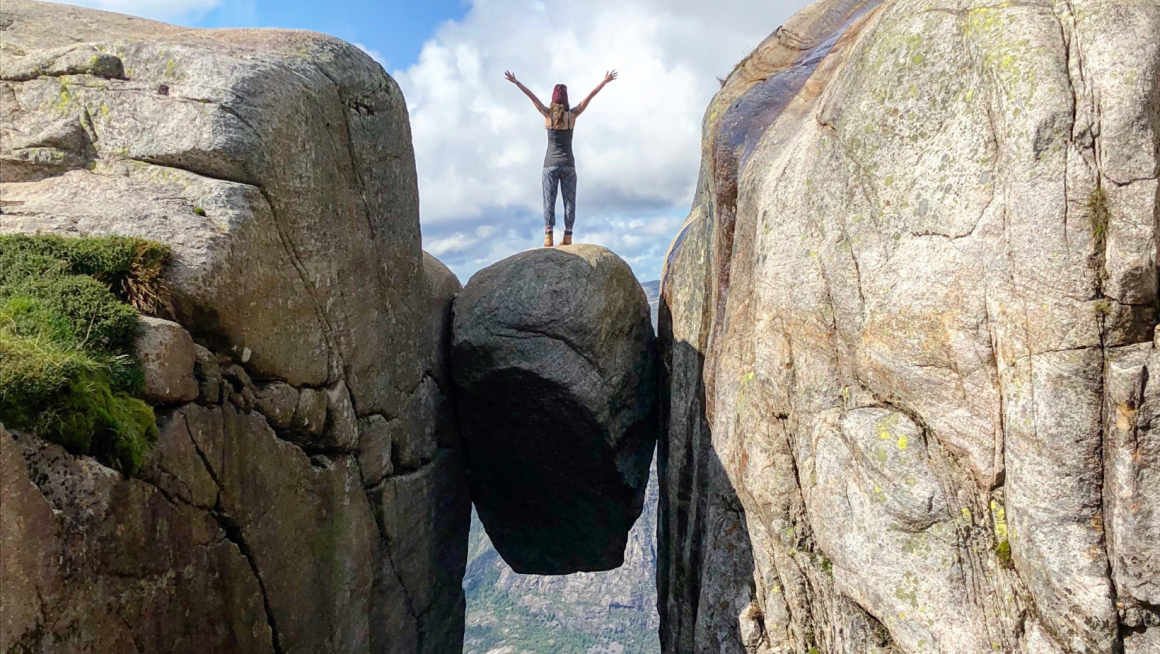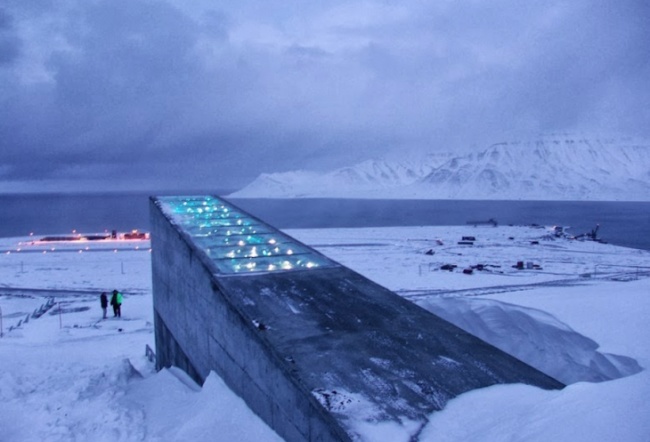
The world is full of intriguing places, but we are not able to see all of them. There are a lot of reasons why that places are unavailable to enter. Such places on the map always catch the interest of curious tourists. As they say, the forbidden fruit is the sweetest, in this sense, despite the fact many other beautiful places in the World are definitely worth a visit and available for everyone, people want secret areas to become public. Let’s unveil the veil of secrecy and take a look into the forbidden corners of the Earth.
Vale do Javari, Brazil
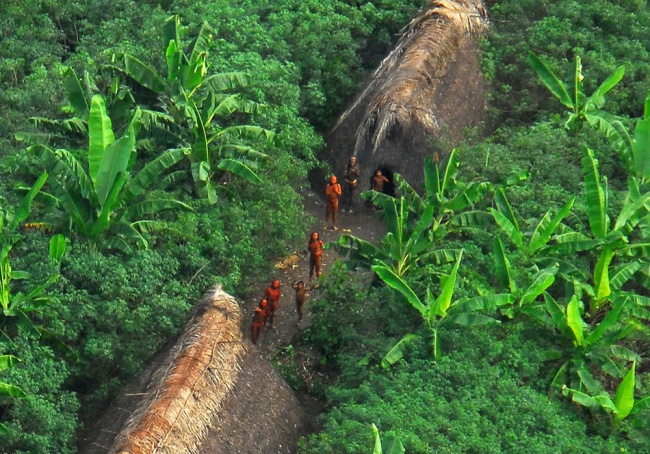
Vale do Javari: the highest concentration of isolated indigenous peoples in the world. Vale do Javari is one of the largest indigenous territories in Brazil. It is named after the Javari River, the most important river of the region. The satellite images show a continuous and extensive area of Amazon rainforest, broken only by a brush or other villages. There are over 8.5 million hectares, many kilometers distant from major urban centers. The restricted access, only by waterway or air, without road or railroad near passes the false idea that the Javari is a very isolated area, unrelated to the national economic development initiatives. The same idea of isolation holds the social imaginary when saying the Javari Valley as the region that hosts the largest concentration of uncontacted indigenous peoples around the world. For the safety of that people and the conservation of the old system that authorities have prohibited the entry into the jungle.
Geomagnetic island Es Vedra, Spain
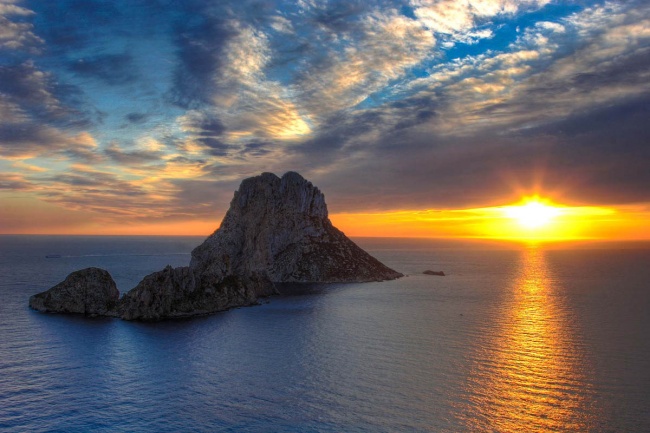
Es Vedra is a small rocky island of the south-western seaboard of the Spanish island of Ibiza. The island is a part of the Cala d’Hort nature reserve, and it is uninhabited. Es Vedrà consists predominantly of Mesozoic limestone, and contrary to the esoteric urban myth of being a special magnetic place has no (magnetic) metal accumulations. This mysterious island is surrounded by legends, mystique, and heartbreaking stories. The island is said to be home to sirens and sea-nymphs, who tried to lure Odysseus from his ship in Homer’s Odyssey. It is also thought of as the holy island of the Tanit the Phoenician lunar goddess, worshiped as the patron goddess and of fertility, who became Ibiza’s patroness. Legend has it that specific sacrifices were made to Tanit during full moons on the shore of the island.
“Club 33”, New Orleans
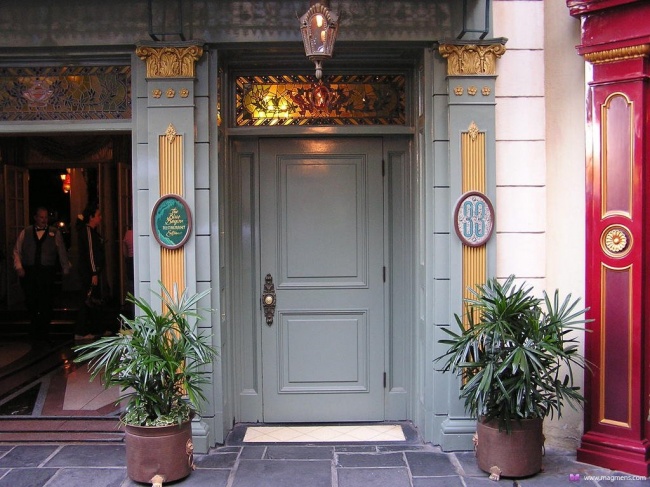
Club 33 is a private club located in the heart of the New Orleans Square section of Disneyland. When Walt Disney was working with various corporate promoters for his attractions at the 1964–1965 New York World’s Fair, he noted the various “VIP Lounges” provided as an accommodation for the corporate elite. This gave him the idea that culminated in Club 33. When New Orleans Square was planned, this special area for corporate sponsors and VIPs was included. Club 33 members and their guests have exclusive access to resort experiences which vary depending on a type of membership. There is a 14-year waiting list for new memberships. The membership waiting list was re-opened in May 2012 after being closed for five years. Corporate members pay an initiation fee of $50,000, and individual members pay $50,000 in addition to annual dues, which are about $15,000.
Mount Weather Emergency Operations Center, Virginia
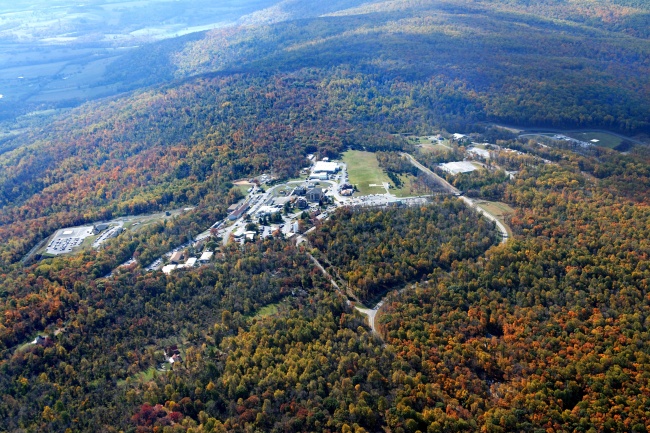
The Mount Weather Emergency Operations Center is a civilian command facility in the U.S. Commonwealth of Virginia, used as the center of operations for the Federal Emergency Management Agency (FEMA). Also known as the High Point Special Facility (HPSF), its preferred designation since 1991 is “SF.” The facility is a major relocation site for the highest level of civilian and military officials in case of national disaster, playing a major role in U.S. continuity of government. After the September 11 attacks, most of the congressional leadership was evacuated to Mount Weather by helicopter. The center is securely guarded, and entrance is prohibited.
Svalbard Global Seed Vault, Spitsbergen
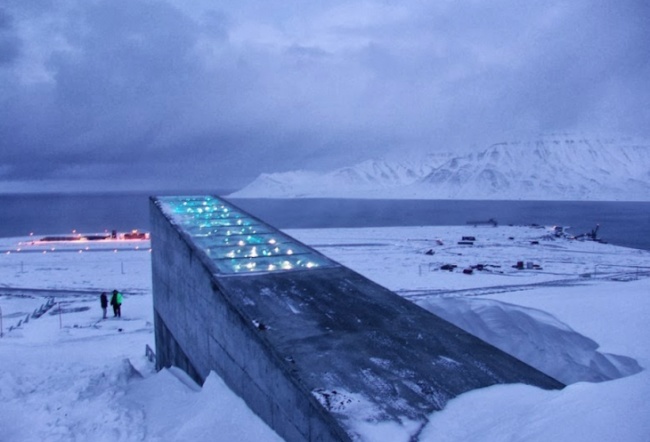
The Svalbard Global Seed Vault is a secure seed bank on the Norwegian island of Spitsbergen. Conservationist Cary Fowler, in association with the Consultative Group on International Agricultural Research, started the vault to preserve a wide variety of plant seeds that are duplicate samples, or “spare” copies, of seeds held in gene banks worldwide. The seed vault is an attempt to insure against the loss of seeds in other genebanks during large-scale regional or global crises. The Nordic Gene Bank (NGB) has, since 1984, stored backup Nordic plant germplasm via frozen seeds in an abandoned coal mine at Svalbard, over the years depositing more than 10,000 seed samples of more than 2,000 cultivars for 300 different species.
Seeds are packaged in special three-ply foil packets and heat sealed to exclude moisture. Spitsbergen was considered ideal because it lacked tectonic activity and had permafrost, which aids preservation. The roof and vault entrance are filled with highly reflective stainless steel, mirrors, and prisms. The seed vault functions like a safe deposit box at a bank. No one has access to anyone else’s seeds from the seed vault. Strangers can’t enter to this world treasury.

